In a major initiative, Union Home Minister Shri Rajnath Singh, on October 23, 2017 announced government’s decision to appoint Shri Dineshwar Sharma, former Director of Intelligence Bureau (IB) as ‘Representative’ of Government of India ‘to carry forward a dialogue with elected representatives, various organisations and concerned individuals in the state of Jammu and Kashmir’ and ‘initiate a sustained interaction and dialogue to understand the legitimate aspirations of the wide cross-section of the society, particularly the youth in the Jammu and Kashmir and communicate them to the State government and the Center’ (Government of India, 2017).
The decision has been widely welcomed as ‘a very serious step forward’ and a timely initiative (J&K CM, Indian Express, October 25). The Chief Minister added “it is exactly what we always wanted…this is the beginning of a political process”. These sentiments have been echoed by most serious observers of Kashmir affairs, though political leaders, mostly on party lines, have expressed reservations ranging from government’s ‘admission of failure of its muscular approach’; ‘we will have to wait and watch the developments’ and even ‘need to involve Pakistan in the process’ etc. One would not like to comment on such politically motivated arguments here in this commentary.
In May, 2017, while examining the developments in Kashmir in three phases (post- Pathankot terror strike; post-Burhan Wani encounter of June 2016 and post-Uri Surgical Strike), this writer had, in an article titled ‘Jammu and Kashmir – On Path to Nowhere’, argued that violence in Kashmir had to be brought under control through ‘an extended period of kinetic measures’ by intelligence driven operations; adding that “the final component of the overall strategy could be designed to, in the long run, say over the next six months, enable policy makers in New Delhi and Srinagar to reach out to the people including the youth, the alienated sections of the society and the ‘dispersed’ leaders of the agitation”. I had also therein suggested that “this can be better achieved by the intelligence apparatus and credible interlocutors, both of who have always played an important part in ‘breaking the ice’ and creating the right environ for resumption of dialogue under the Vajpayee enunciated doctrine of Insaniyat, Jambooriyat and Kashmiriyat that PM Modi has also repeatedly assured the people of Kashmir as the basis of his policy on Kashmir”.
Prime Minister Modi re-emphasized his commitment made to the people of Kashmir in his Independence Day speech this year, specifically mentioning that problems in Jammu and Kashmir can neither be solved through bullets nor through abuses, but only by embracing all Kashmiris (“Na goli se, na gali se, baat banegi – gale lagane se”). The Government followed this up with the Union Home Minister undertaking an extended four-day trip to Kashmir in September 2017 during which he met with representatives of more than 80 delegations. Based on inputs made available to the HM during the visit and assessments furnished by the security and intelligence services, the government has come to the conclusion that the year-long kinetic measures, post Burhan Wani encounter in June 2016 and the continued targeted operations, had achieved the desired objective of bringing violence under control, and that time was right to initiate the promised engagement with the stake-holders.
It needs to be noted here that this year till mid-October, 176 terrorists have been neutralized by the security forces in a series of intelligence driven coordinated operations. This includes 12 prominent commanders of Lashkar-e Toiba, 10 belonging to Hizb-ul Mujahideen and two leading activists of Jaish-e Mohammed. In fact, if one adds to this figure the 368 militants killed in targeted actions during the previous three years (2014-2016), the damage to the terrorist network operating in the valley, has been the highest in recent years. The backbone of Pakistan sponsored terrorist has been effectively broken. The support network of terror funding too has been largely neutralized through the ongoing investigations launched by the National Investigation Agency, targeting individuals facilitating flow of terror funds to the leaders and ground level operators. According to available details, 19 bid names in the Pak-sponsored funding network have been under investigations, with 10 of them already under detention in connection with registered offences/criminal cases.
Strangely enough, some of the detractors of the initiative have raised questions on the suitability of Shri Sharma as the ‘Representative’ or interlocutor, given his intelligence background and not being a political entity. In the words of his former senior colleague Shri K M Singh, (former Special Director, IB, DG-CISF and Member National Disaster Management Authority), “Shri Sharma is a hardcore professional having thorough knowledge of ground level situation in the State right since the early 1990’s when he was posted in the Valley. He remained engaged with Kashmir affairs right till superannuation as Director of IB late last year. He is a self-effacing professional, maintains low profile and is easily accessible individual”.
Shri Sharma has the confidence of the decision makers in the government and thus fulfils all the required traits of a negotiator/interlocutor for the challenging assignment ahead. Challenges for the Representative will be many and formidable. Previous initiatives taken by the earlier governments did not succeed; questions would be asked as to what happened to their recommendations. The youth are disillusioned, leaderless and directionless. They have suffered enormously; have been exploited, and have high aspirations and expectations. Economic packages have come in plenty but has delivery process been streamlined?
Today, the situation has changed. While the law and order and security situation has come under control, there are questions from the past that will need to be resolved. The vested interests within and outside the country who have gained from the continuing unrest in the valley, would not keep quiet. They have developed deep rooted vested interests. What level of cooperation will the Representative receive from the various stake-holders?
But a good beginning has been made. The government needs to be congratulated for the initiative. CM Mahbooba Mufti has sounded very supportive and said, “Shri Sharma carries the official authority and rank to interact with all he needs to talk to and therefore, his reports and recommendations will carry the stamp of ‘ownership’ by the Central government”.
The need of the hour, in the interest of Kashmir and the Kashmiri people, is for all stakeholders to support the initiative by extending unstinted cooperation and help Kashmir in the new opportunity that is likely to open up.
(Views expressed are of the author and do not necessarily reflect the views of the VIF)
Image Source: http://brighterkashmir.com/kashmir-union-home-minister-arrives-in-srinagar-holds-meeting-with-chief-minister/

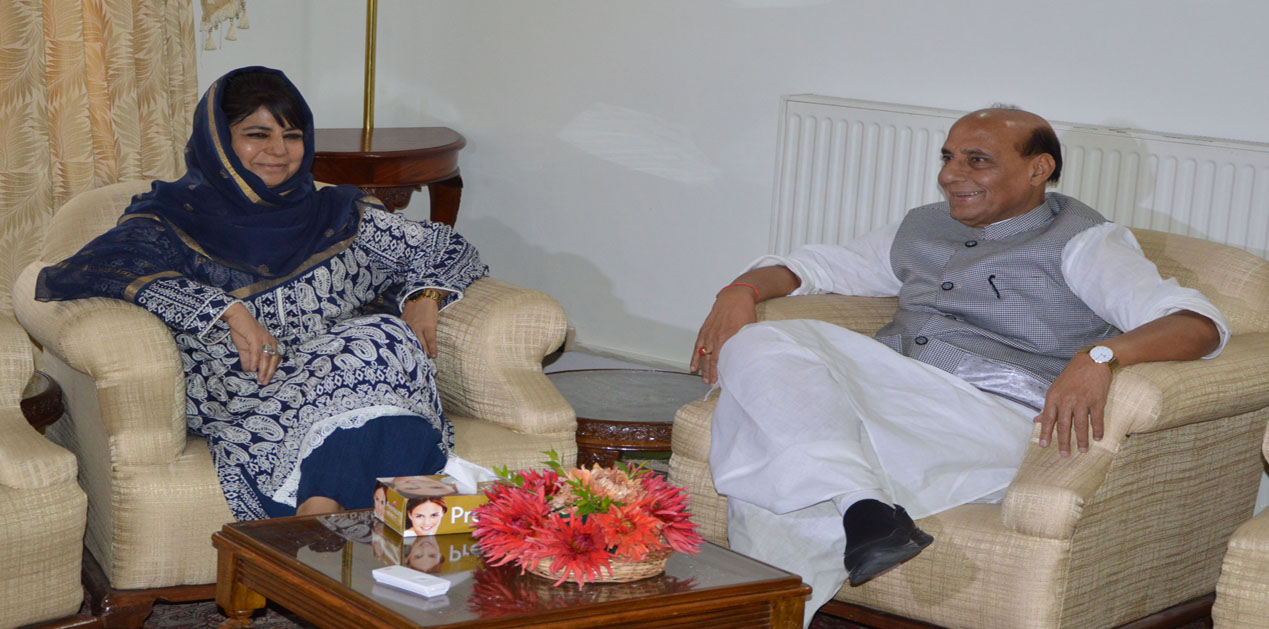

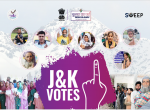

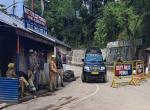

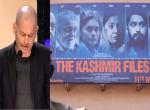
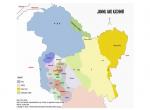
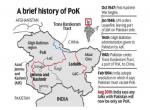
Post new comment